Croatia is a stunning country located in southeastern Europe, bordering the Adriatic Sea. It is renowned for its breathtaking scenery, crystal clear waters, and rich history and culture, making it a popular and exciting holiday destination.
One of the most significant attractions in Croatia is the country’s coastline, with over 1,000 islands and islets dotted along the Adriatic Sea. Visitors can enjoy sunbathing on picturesque beaches, swimming in the clear waters, or indulging in water sports like sailing, windsurfing, and kayaking.
Croatia is also home to many historic towns and cities, including Dubrovnik, Split, and Zagreb, which offer visitors a glimpse into the country’s fascinating past. These cities are renowned for their architecture, museums, and art galleries, and provide ample opportunities for exploration and learning.
Nature lovers will also appreciate Croatia’s stunning natural landscapes, including the Plitvice Lakes National Park, a UNESCO World Heritage Site that boasts 16 interconnected lakes and numerous waterfalls. The country is also home to several other national parks and nature reserves, offering visitors the chance to hike, bike, or explore the diverse flora and fauna of the region.
Croatia’s rich gastronomic culture is another highlight, with a wide range of delicious and locally sourced dishes to enjoy, such as fresh seafood, truffles, and cured meats. Visitors can also sample some of the country’s famous wines and spirits, such as the Istrian Malvasia or the Dalmatian Prošek.
Finally, Croatia is known for its warm and welcoming people, making it a safe and friendly destination for travellers. The country has a vibrant nightlife, with bars, nightclubs, and restaurants open late into the night, providing ample opportunities for entertainment and socializing.
In summary, Croatia offers visitors a fantastic holiday destination with a combination of stunning scenery, rich history and culture, and delicious food and drink. With its friendly people, warm weather, and diverse attractions, Croatia is a must-visit destination for travellers seeking an unforgettable holiday experience.
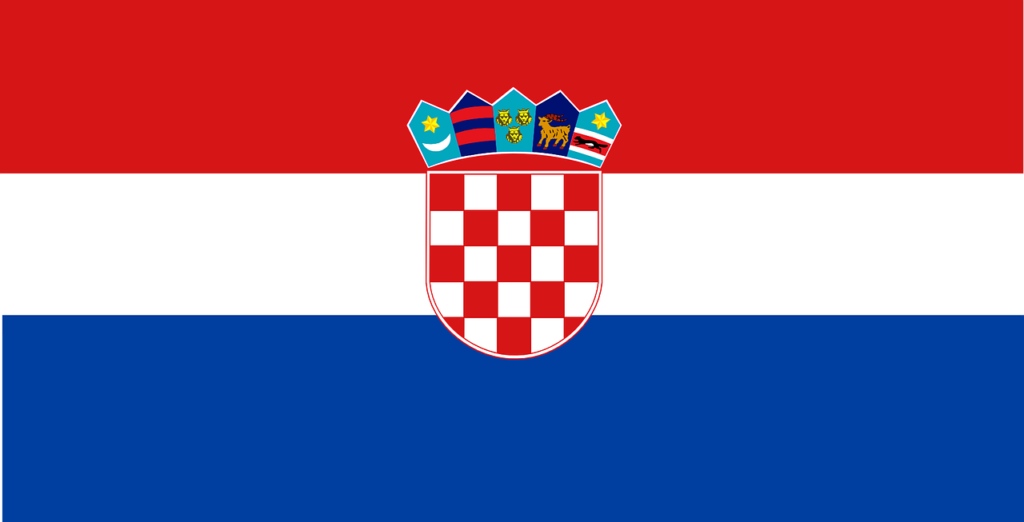
| Capital City | Zagreb |
| Currency | Croatian Kuna: kn (HRK) |
| Language | Croatian (Primary) Serbian Bosnian Hungarian Italian English German |
| Time Zone | Central European Standard Time: GMT+1 Central European Summer Time: GMT+2 |
THINGS TO DO IN CROATIA
Visitors to Croatia can explore the charming city of Dubrovnik, which features several well-preserved medieval buildings, including the iconic Dubrovnik Walls.
One of the top attractions in Croatia is the Plitvice Lakes National Park, a UNESCO World Heritage site known for its beautiful waterfalls, lakes, and hiking trails. Visitors can explore the park on foot or by boat, taking in the stunning scenery and abundant wildlife.
Another must-visit attraction in Croatia is the historic city of Split, which is home to several well-preserved Roman buildings, including the famous Diocletian’s Palace. Visitors can also explore the charming streets, shops, and restaurants of the city, or take a boat tour to the nearby islands.
For those interested in nature, Croatia offers several beautiful national parks, including the Krka National Park, which is known for its beautiful waterfalls and hiking trails. Visitors can also enjoy a variety of outdoor activities, such as hiking, biking, and swimming, or simply relax on one of Croatia’s many beautiful beaches.
Overall, Croatia is a beautiful country that offers a variety of attractions and activities that are sure to delight visitors. Whether you’re interested in history, nature, or simply soaking up the sun on a beautiful beach, there’s something for everyone to enjoy in this stunning part of Europe.

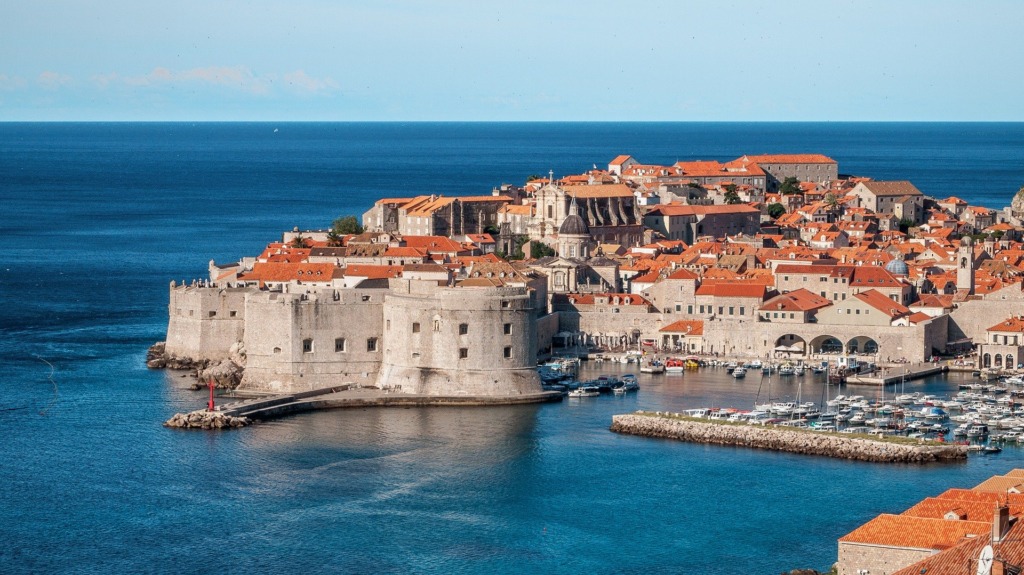
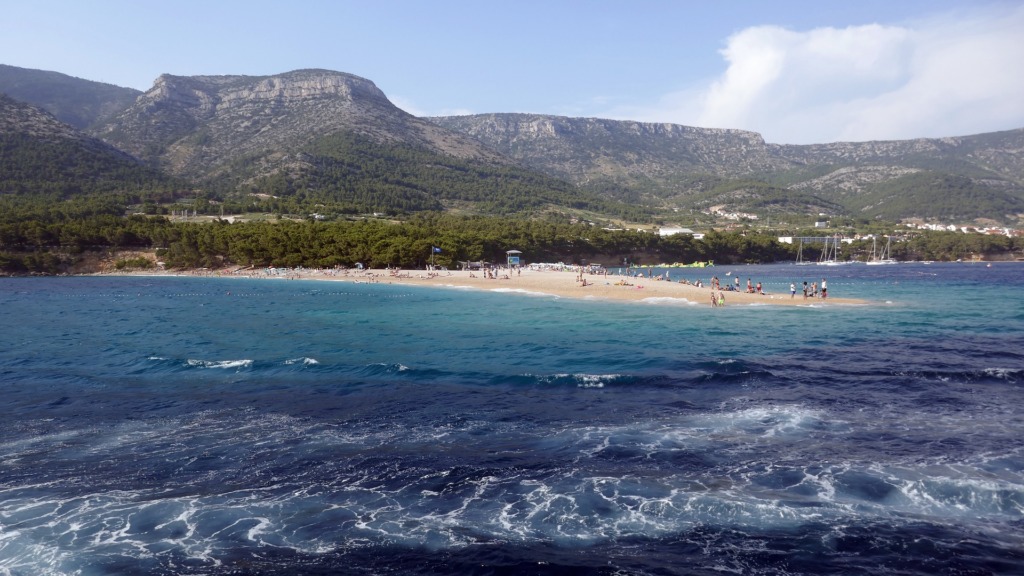
PLACES TO VISIT IN CROATIA
Here are some of the best towns and cities to visit in Croatia:
- Dubrovnik – Dubrovnik is one of the most popular destinations in Croatia, known for its well-preserved historic architecture, including its famous city walls, as well as its stunning coastline and crystal-clear waters. It is also a popular filming location for the Game of Thrones series.
- Split – Split is the second-largest city in Croatia and is known for its well-preserved Roman architecture, including the Diocletian’s Palace, as well as its beautiful beaches and vibrant cultural scene.
- Zadar – Zadar is a historic city located on the northern coast of Croatia. It is known for its well-preserved Roman and medieval architecture, including the Roman Forum and the St. Donatus Church, as well as its beautiful sunsets and vibrant nightlife.
- Rovinj – Rovinj is a charming small town located on the Istrian Peninsula. It is known for its well-preserved medieval architecture, including the Church of St. Euphemia, as well as its beautiful beaches and scenic harbor.
- Hvar – Hvar is a beautiful island located off the southern coast of Croatia. It is known for its beautiful beaches, crystal-clear waters, and well-preserved historic architecture, including the Hvar Fortress and the St. Stephen’s Square.
- Plitvice Lakes National Park – Plitvice Lakes National Park is a stunning natural wonder located in central Croatia. It is known for its beautiful waterfalls, lakes, and forests, as well as its rich biodiversity.
These are just a few of the many towns and cities worth visiting in Croatia. Each one has its own unique charm and attractions that make it a worthwhile destination for travellers.

Zagreb
Zagreb is the capital city of Croatia located in the north of the country. With Austro-Hungarian architecture the city is perfect for exploring on foot where you will discover the twin spired Zagreb Cathedral, pedestrian-friendly Tkalčićeva Street which is lined with outdoor cafes and bars and Lower Town’s museums.

Dubrovnik
The walled port city of Dubrovnik has become one of the top destinations for a city break in Croatia and even Europe in recent years. With historic ramparts to discover, old streets, a port, beaches, stunning sea views and fresh seafood there is a lot to enjoy here for a long weekend.
INTERESTING FACTS ABOUT CROATIA
- Croatia has over 1,000 islands, with the most famous being Hvar, Brac, Korcula, and Vis. These islands are popular tourist destinations known for their crystal-clear waters, sandy beaches, and scenic landscapes.
- The city of Dubrovnik, located on the Adriatic coast, is known as the “Pearl of the Adriatic” and is a UNESCO World Heritage Site. The city is famous for its well-preserved medieval walls and stunning architecture.
- Croatia is home to eight national parks, including Plitvice Lakes National Park, which is known for its breathtaking waterfalls and lakes.
- The country is famous for its wine and olive oil, with the Peljesac Peninsula and the island of Korcula being popular wine regions.
- Croatia has a rich cultural heritage, with several museums and galleries showcasing the country’s history and art. The Museum of Broken Relationships in Zagreb is a unique museum that displays personal items from past relationships, accompanied by stories of love and heartbreak.
REGIONS OF CROATIA
Croatia is divided up in to 4 regions and 20 counties with Continental Croatia in the north being home to the capital city, Zagreb, and Dalmatia on the west coast being home to the increasingly popular city break destination, Dubrovnik.
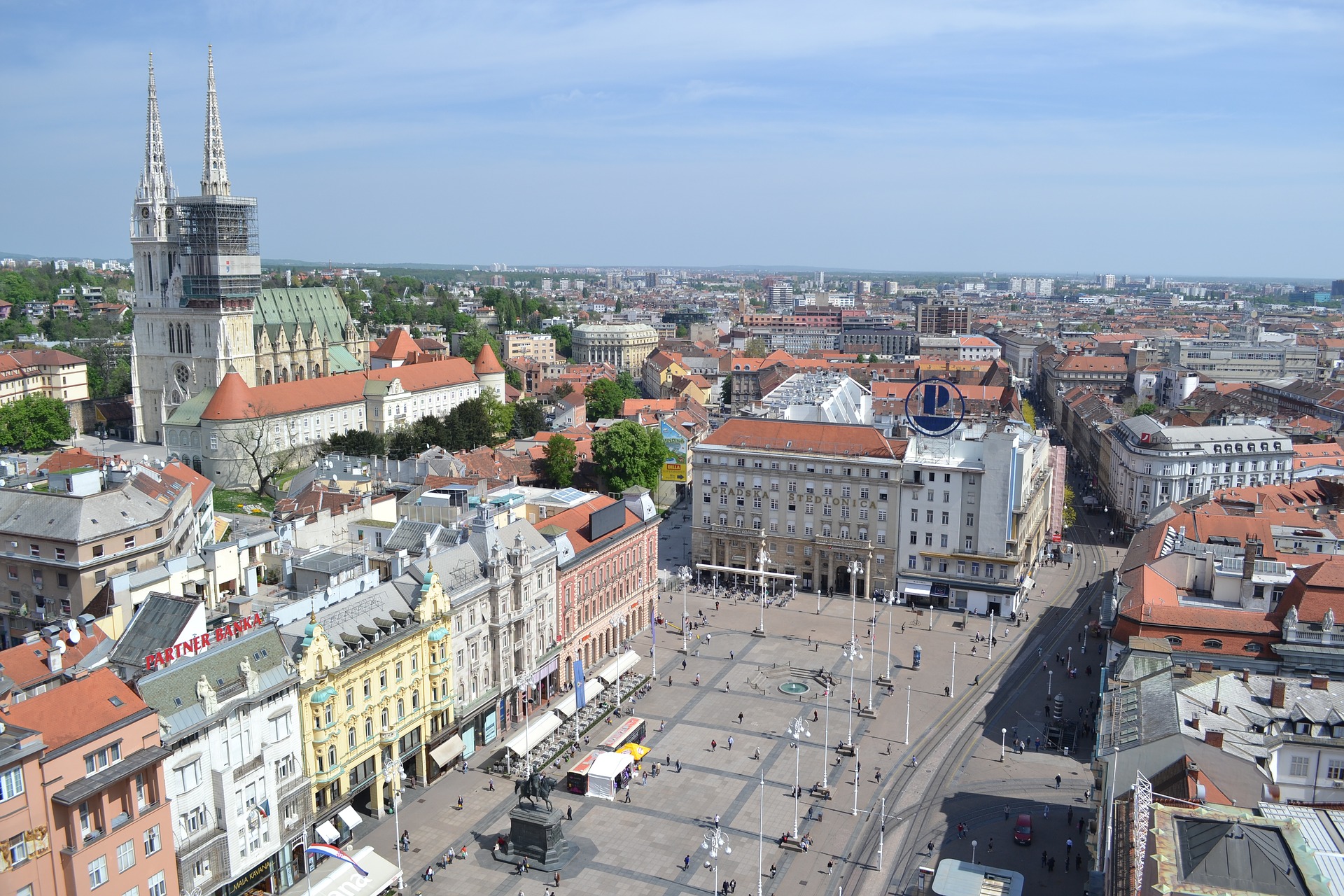
Kvarner
Kvarner is a scenic coastal region in northeast Croatia, renowned for its stunning islands, crystal-clear waters, and mild climate. Visitors can explore picturesque towns, enjoy a variety of outdoor activities such as swimming, diving, and sailing, and sample delicious local cuisine. The region is also known for its rich cultural heritage and vibrant events.
Learn more about travelling to Kvarner
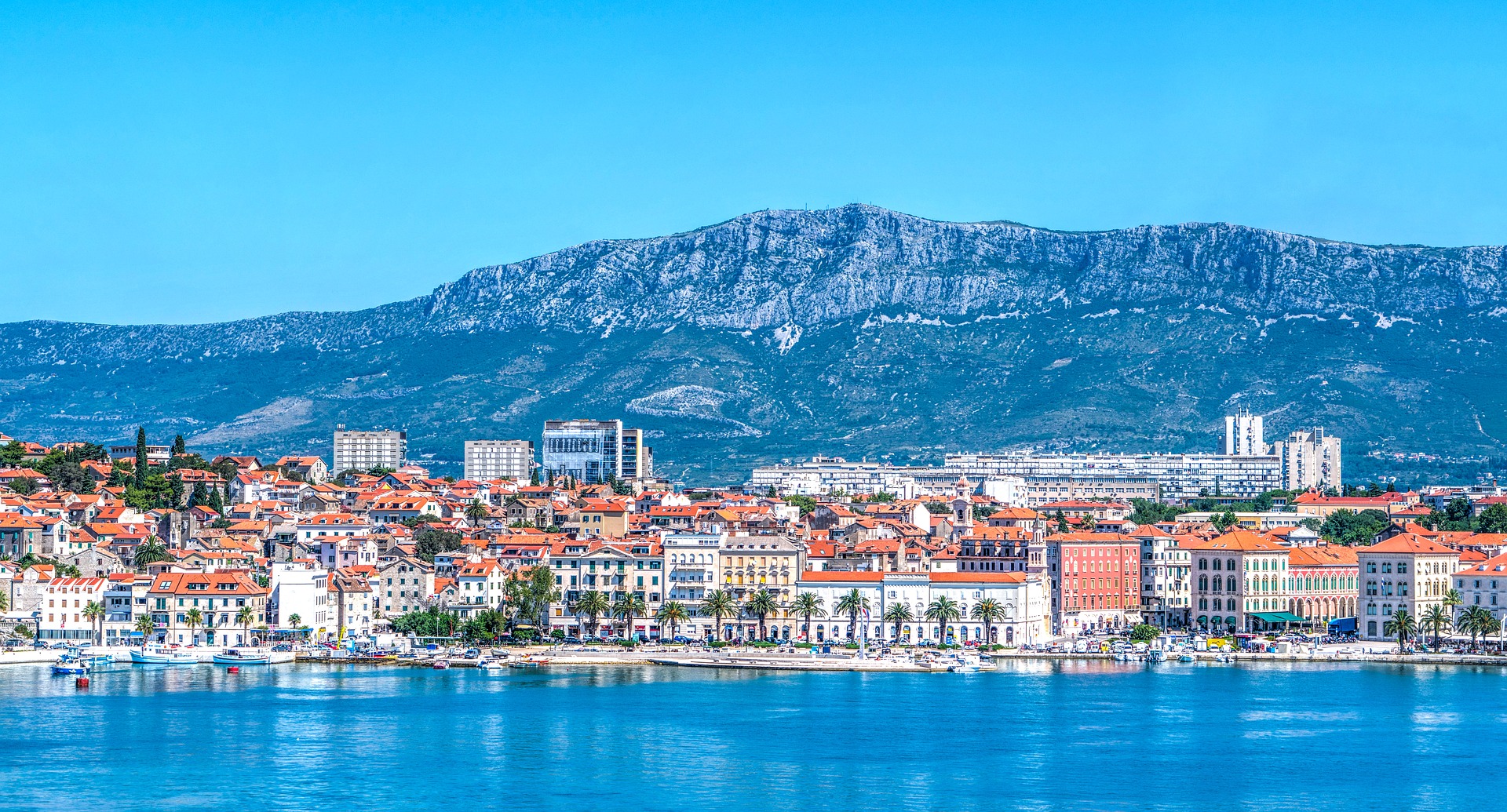
Dalmatia
Dalmatia is a long coastal region in southern Croatia, famous for its stunning beaches, crystal-clear waters, and charming towns. Visitors can explore ancient Roman ruins, sample delicious local seafood, and enjoy a variety of outdoor activities such as sailing and hiking. Dalmatia is also known for its vibrant nightlife and warm hospitality.
Learn more about travelling to Dalmatia

Continental Croatia
Continental Croatia is a central region of Croatia that includes areas like Zagreb, Slavonia, and Croatia Proper. The region is characterized by rolling hills, scenic rivers, and a rich cultural heritage. Explore charming towns, delicious local cuisine, and enjoy a variety of outdoor activities such as hiking and skiing. Continental Croatia is also home to capital city Zagreb, with its stunning architecture, museums, and cultural events.
Learn more about travelling to Continental Croatia
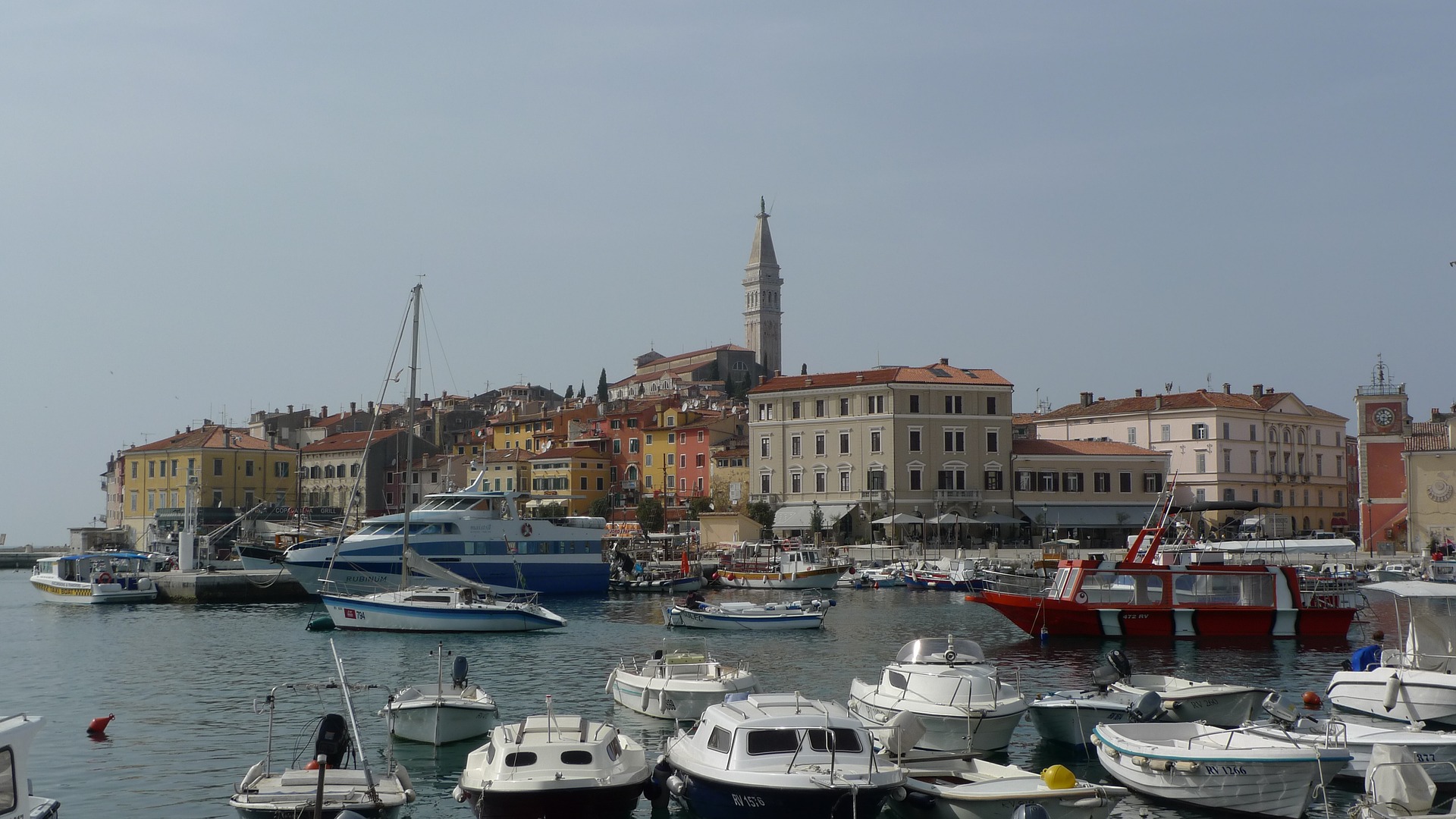
Istria County
Istria is a stunning peninsula in northwest Croatia, bordered by the Adriatic Sea. It is known for its picturesque hilltop towns, olive groves, vineyards, and crystal-clear waters. Visitors can enjoy a variety of outdoor activities, sample delicious local cuisine and wine, and explore ancient Roman ruins and historic landmarks.
Learn more about travelling to Istria County
FOOD AND DRINK IN CROATIA
Croatian cuisine is a blend of Mediterranean, Central European, and Balkan influences, offering a wide variety of flavors and dishes. Some of the most popular ingredients in Croatian cuisine include seafood, meat, vegetables, olive oil, and wine.
One of the most famous Croatian dishes is Peka, a slow-cooked meat and vegetable dish made in a special oven. Another popular dish is Čevapčići, grilled sausages made from minced beef and spices, served with pita bread, onions, and sour cream.
Seafood is also a staple of Croatian cuisine, with fresh fish, octopus, and squid commonly found on menus. Black risotto, a dish made with squid ink, rice, and seafood, is a popular coastal dish.
Croatia has a rich wine-making tradition, with a variety of indigenous grape varieties. The country’s most famous wine region is the Dalmatian Coast, known for its red wines made from the Plavac Mali grape.
Desserts in Croatia include traditional pastries such as Palačinke, thin pancakes filled with jam or Nutella, and Strudel, a layered pastry filled with fruit and nuts. Traditional cakes such as Kremna Rezina, a creamy vanilla slice, and Makovnjača, a poppy seed cake, are also popular.
Croatia is also known for its strong coffee culture, with cafes and coffee shops serving up strong espressos and cappuccinos.
Overall, Croatian cuisine offers a diverse range of flavors and dishes, reflecting the country’s unique cultural and historical influences. With fresh seafood, meat dishes, local wines, and delicious desserts, there’s something for everyone to enjoy.
WHEN IS BEST TO VISIT CROATIA?
The best time to visit Croatia depends on your preferences and interests. Croatia has a Mediterranean climate, with warm and dry summers and mild and wet winters.
The peak tourist season in Croatia is from July to August, when the weather is hot and sunny, and the beaches are at their best. This is also when the crowds are at their highest, and prices for accommodations and activities can be expensive. If you plan to visit during this time, it’s recommended to book your accommodations and activities in advance.
If you prefer a quieter and more relaxed atmosphere, then visiting Croatia during the shoulder season, from April to June or September to October, is a great choice. During this time, the weather is still warm, and the crowds are fewer. You can enjoy the beaches and outdoor activities without the hassle of large crowds.
The winter months from November to March are the low season in Croatia. The weather can be cold and rainy, and many tourist activities and attractions may be closed during this time. However, if you’re interested in winter sports such as skiing, the mountains in Croatia offer great opportunities for skiing and snowboarding.
Overall, the best time to visit Croatia is during the shoulder season when the weather is still pleasant, the crowds are fewer, and the prices are more affordable. But if you’re looking for a summer beach vacation, then the peak season from July to August is the best time to visit.
CROATIA GEOGRAPHY AND CLIMATE
The country has a diverse geography, with a long coastline along the Adriatic Sea, mountain ranges such as the Dinaric Alps, and lowlands in the northeast.
The climate in Croatia varies depending on the region, with a Mediterranean climate along the coast characterized by hot summers and mild winters, while the interior has a continental climate with cold winters and hot summers. Average temperatures in the summer range from 25°C to 30°C, while in the winter, temperatures can drop to -5°C in the interior.
CROATIA TRAVEL GUIDES
Croatia is the perfect destination for some time away from home however make sure you plan ahead to not miss out on the best destinations and receive local knowledge. Shop for a good Croatia travel guide on Amazon today and keep it in your bag during your stay.
